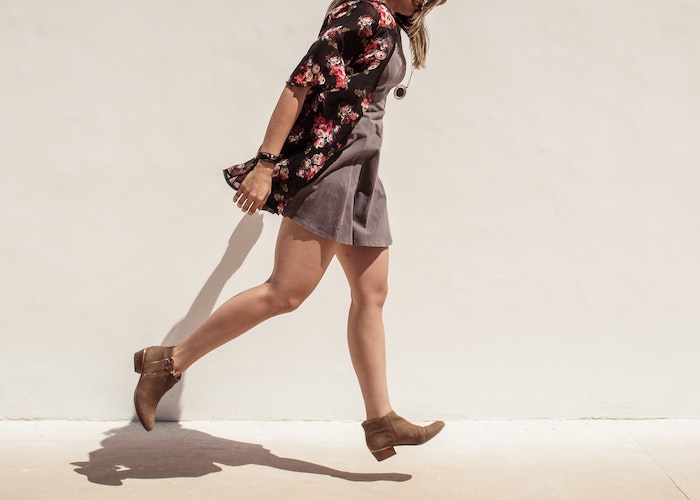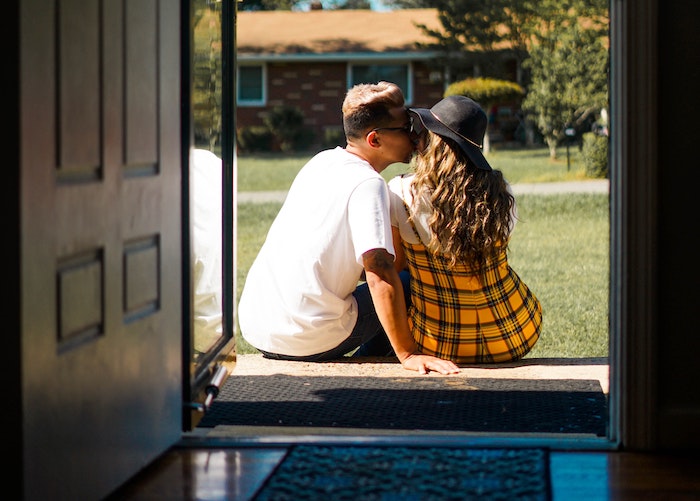3 Rules For Handling Big Purchases With Your Significant Other
Although my fiancé and I have been with one another for a long time, making a big purchase together wasn’t something we’ve had to deal with until very recently. The “down payment” on our wedding cost us $6,000, which was the most money we had ever spent at one time. Before this, it was very rare for us to have to figure out how we would afford a purchase that would affect both of our financial standings. We didn’t have a joint checking account, we didn’t really discuss the details of how much each of us brought home every month, or how much debt each of us were in. We didn’t even know how much we had in savings. I had a vague idea, yes, but no solid numbers to look at. We were in that awkward transition stage of deciding who pays for what as we went along, because we didn’t yet have a shared pool of resources from which we could draw.
However, when you finally make a large financial purchase like that with someone else, it’s the kind of big step forward that forces you to learn all of those things at once. In some ways, it feels like you are no longer the sole master of your cash flow because every big financial decision will inevitably have implications for that other person. Although the purchase we made together was wedding-related (and not, say, buying property), I felt like it was a moment in our relationship where we grew as a couple and stepped into a world where we would have to make more adult decisions, and more often. And to help you in the process, these are three tips that helped us make a large purchase together, save intelligently beforehand, and live better after.
1. Be open about everything.
The need to create a spreadsheet of all the money we were bringing in and paying out every month really began once we got engaged. Since we didn’t live together, this was our first foray into getting an intimate look at one another’s finances. We needed to figure out how much we could afford to pay for the venue without overextending ourselves,and how these large payments would affect our ability to make payments on other bills.
We sat down and candidly discussed each of our debts, the amount of monthly school loans each of us had, what our credit card bills looked like, how much we each had stashed away in savings, what we were spending on the weekends, etc. Although I was embarrassed to tell him that I had a couple thousand dollars racked up on credit cards (A combination of shopping and handling a couple of large “group transactions” that I was still waiting to be paid back for) it was essential that we each lay everything out on the table. We both walked away with a detailed and clear picture of one another’s financial situation — something that had surprisingly taken us a long time to do. Since then, it’s been easier to figure out how to handle large payments and work together as a team to save money.
2. Focus on what matters most.
For a couple of months before making that large purchase, we doubled down on our savings. Sharing the sacrifice made it easier to swallow because we knew we were cutting back together. We significantly limited going out and purchasing items that we didn’t need like clothes, extra drinks out at the bar, take-out food, subscriptions to things like the gym, magazines, music streaming, etc. Being able to make that first payment in cash and not having to charge it was something that was very important to us, and something for which we really worked hard to attain. Since we each had (and still do have) a good deal of school loans that we made payments on each month, we wanted to be able to truly make the payment and have it be over with, without the purchase following us around for the next year or so.
3. Open a joint checking account.
By opening up a joint checking account and contributing designated portions of our paychecks to it every other week, it was an easy way to see how much we were saving. This really worked for us, and was one of the easier ways to go about handing the larger purchases that affect us both. Having a designated pool of money from which the two of us were able to look at to measure our progress made the task almost fun. It was exciting to see us meeting our monthly goals and strengthened the bond of “partnership” between us. We both felt like it was a step in the right direction and a great way to practice saving and making payments together. Because we aren’t yet married and have chosen to not completely combine all our assets, I kept my own checking account to pay my individual school loans and credit card bills, but used the joint one for savings. For us, it felt like a good transition between having all our finances separated to eventually having a good deal of our finances combined.
In the end, we were able to make the payment in full and we now look forward to tackling our next major joint purchase, which for us will most likely be the task of furnishing an apartment. (Yiiiiiiiiiiiikess.) Obviously there is still a lot of room for growth, and I hope to share my continued learning and experiences (good and bad) here. Stay tuned as I go on this ~journey~ of having to navigate other big financial decisions and purchases with another person by my side.




